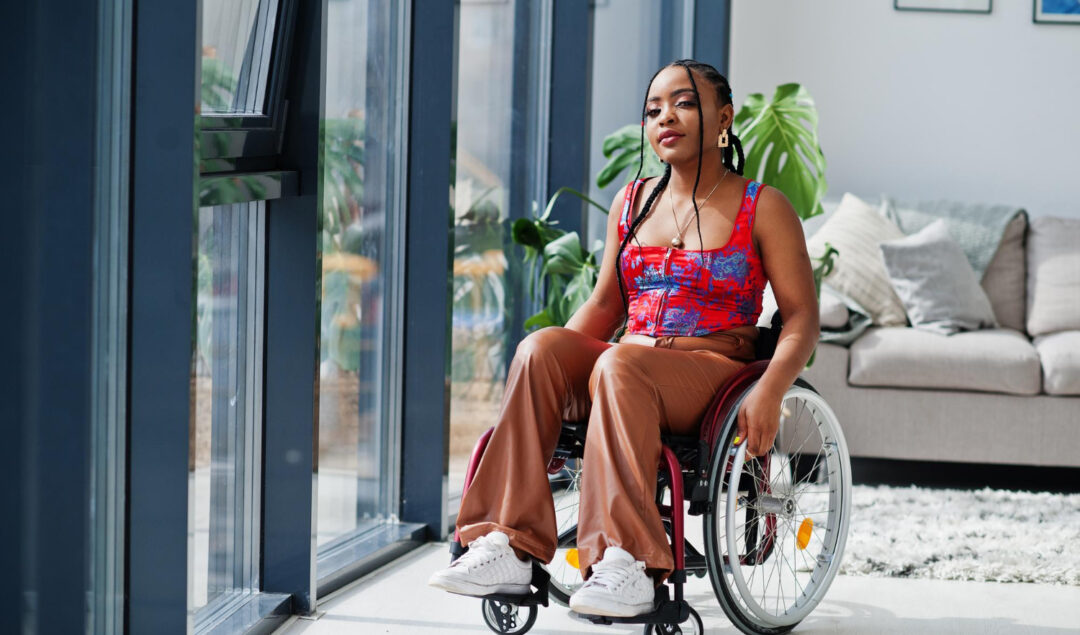Trying to get your foot in the door in the corporate world as a Black woman isn’t easy. This becomes way more difficult when you’re also disabled. In 2023, the employment rate for people with disabilities in the US reached just 22.5%, and the numbers are even lower in tech. A global AWS community survey found that only 11% of respondents identified as having a disability or neurodiversity. Additionally, the unemployment rate for disabled people is reportedly twice as high as that of the general population, even though companies that are inclusive
Morgan State University, a Carnegie-classified high research (R2) institution, has unveiled its autonomous wheelchair technology designed to help users navigate congested areas such as airports, hospitals, museums, college campuses, and military bases. Researchers and students spent the past five years developing the technology. How does the wheelchair work? The technology was demonstrated Baltimore/Washington International Thurgood Marshall Airport (BWI Airport). Passengers can retrieve the autonomous wheelchair through an app by scanning the QR code from the designated areas. To access the wheelchair, passengers will have to register or log into the app.
This article was first posted in re:think Issue 3. “Disabilities can be visible and/or invisible; with invisible disabilities, there aren’t noticeable signs that someone is disabled.” — Hana Gabrielle Bidon “I was in an existential crisis when picking my major. I wanted to major in mechanical engineering when I first entered college; however, I didn’t enjoy physics, and didn’t know what to do from there.” Seeking inspiration, Bidon tried out a variety of courses: a history class, a government class, and Introduction to Computing. While considering her new path, she






